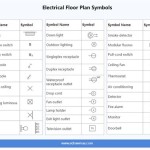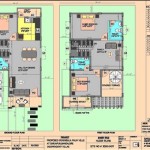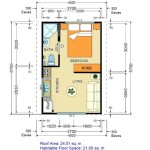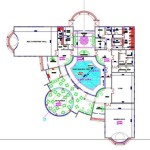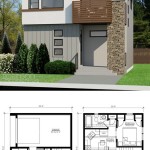Essential Aspects of Hog House Plans
Designing a hog house requires careful planning and consideration of several crucial aspects to ensure the well-being of the animals and the efficiency of the operation. Here are some essential aspects to incorporate into your hog house plans:
1. Ventilation
Adequate ventilation is paramount for maintaining a healthy environment for the hogs. Proper ventilation systems help control temperature, humidity, and air quality by removing harmful gases such as ammonia and carbon dioxide while bringing in fresh air. Various ventilation systems are available, including natural ventilation, mechanical ventilation, or a combination of both.
2. Temperature Control
Hogs thrive in a specific temperature range. In colder climates, insulation and heating systems are necessary to maintain optimal temperatures. In warmer climates, cooling systems such as fans and misters may be required to prevent heat stress. Proper temperature control helps prevent illness and ensures optimal production.
3. Space Requirements
The number of hogs to be housed will determine the size of the hog house. Adequate space is essential for the hogs' comfort, movement, and welfare. Overcrowding can lead to stress, disease, and reduced productivity. Industry guidelines provide recommendations for minimum space requirements based on the hogs' age and weight.
4. Flooring
Flooring plays a crucial role in the hogs' health and comfort. Slatted or perforated flooring allows manure to fall through, keeping the hogs dry and clean. Solid flooring may be used in some areas, but it requires more frequent cleaning and can lead to hoof problems if not properly managed.
5. Feeders and Waterers
Proper feeding and watering systems are essential for the hogs' health and growth. Feeders should be designed to minimize feed waste and provide easy access to all animals. Waterers should provide clean, fresh water at all times. Automatic feeding and watering systems can save time and labor.
6. Manure Management
Manure management is an important aspect of hog house design. Manure can be collected and stored in pits or lagoons, or it can be processed into biogas or fertilizer. Proper manure management systems help protect the environment and minimize odor problems.
7. Biosecurity
Biosecurity measures are essential to prevent the spread of disease into and out of the hog house. These measures include controlling access to the facility, implementing cleaning and disinfection protocols, and managing animal health records. Proper biosecurity practices help maintain the health of the herd and reduce the risk of disease outbreaks.
8. Safety and Accessibility
Hog houses should be designed with safety in mind. Proper lighting, walkways, and handling facilities help ensure the safety of workers and animals. Accessibility for cleaning, maintenance, and veterinary care is also important. Well-designed hog houses facilitate efficient management and reduce the risk of accidents.
By carefully considering these essential aspects in your hog house plans, you can create a facility that ensures the welfare of your animals, optimizes productivity, and meets the demands of your operation.

Plans For Hog Houses Livestock Small Farmer S Journalsmall Journal

Plans For Hog Houses Livestock Small Farmer S Journalsmall Journal

Plans For Hog Houses Livestock Small Farmer S Journal House Design Barn Shooting

Plans For Hog Houses Livestock Small Farmer S Journal Pig House Farming Barn Design

Pig House Plans Howtospecialist How To Build Step By Diy

Confinement Sow Gestation And Boar Housing Pork Information Gateway

Hog And En House Plans Small Farmer S Journalsmall Journal

Modified Open Front Swine Finishing Building

Interesting Hog Barn History

Plans For Hog Houses Livestock Small Farmer S Journalsmall Journal

